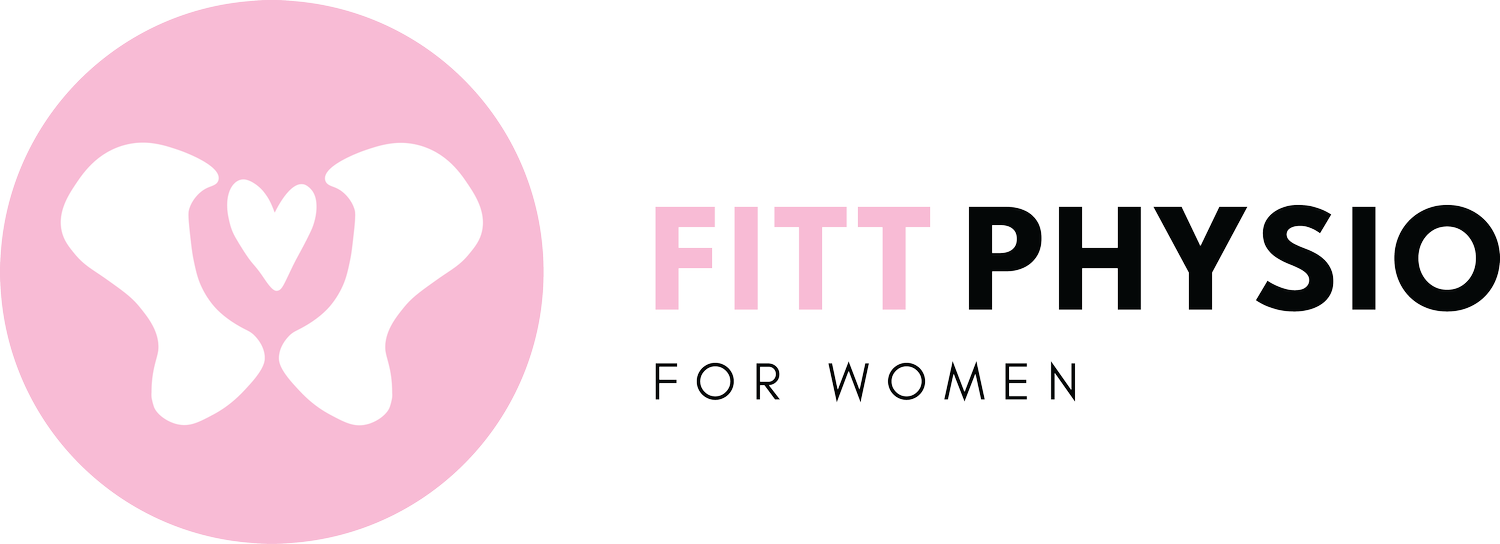The Fourth Trimester
We hear a lot about the three trimesters of pregnancy. But many women know little about the newly described and important time period in new mother's lives that desperately needs our attention: the fourth trimester. So what is the fourth Trimester, you might ask? In simple terms: "The period of time starting from the moment your baby is born, through to the 12 weeks postpartum (or more)."
While this early postpartum period is a time of great joy for many, it’s also a very vulnerable time. New mums are often left to fend for themselves while their bodies are changing. My mission is to provide a safe place for women to express concerns that make them feel exposed, anxious and embarrassed.
Following childbirth, the majority of attention shifts from the mum to the baby. Here are Rachel's top tips to look after YOU, the Mum, in your fourth trimester:
1. ICE
If you have any perineal tears, episiotomy or a caesarean wound, ice is great for pain relief and reducing swelling. Apply ice for 20 minutes every 2 hours, try to avoid letting your wound get wet.
2. DO YOUR Pelvic Floor Exercises Daily
If you're finding the day slips away and you've forgotten, it may help to set reminders on your phone throughout the day. Hopefully when one of these reminders goes off, you have a few minutes to focus on your Pelvic Floor exercises.
3. AVOID Heavy Lifting
Try not to lift anything-heavier than bub in the first 6 weeks. Birth, no matter what the delivery mode, can cause pelvic floor and core weakness. You need time for your body to recover and rest.
4. REST
Try not to do too much all at once. Looking after your newborn is taxing enough. When you get an opportunity to ‘get things done’ take your time. Ensure you have rest breaks to avoid being on your feet for prolonged periods of time.
5. COMPRESSION
Investing in a postpartum compression garment for abdominal support is definitely worthwhile. The research shows abdominal compression helps minimise abdominal separation in the first 6-8 weeks postpartum and provides support/feedback for your muscles while doing everyday tasks. My personal favourite brands are Active Truth and Solidea, however Tubigrip (an elasticated tubular bandage) from a Physiotherapist can also work wonders.
6. SLEEP
When bub sleeps – YOU sleep. Take every opportunity you can. Sleep is important for your general recovery and healing. Aim for a total of 8 hours every 24 hours (these don't have to be consecutive).
7. EXERCISE
Gentle walking and Pelvic Floor Exercises are recommended in the first 6 weeks postpartum. Pelvic floor and deep abdominal exercises will help you return to your pre-pregnancy shape, assist with healing and prevent pelvic weaknesses including bladder leakage.
You can commence gentle rehabilitation guided by a Women’s Health Physiotherapist (my 12 Week Postpartum exercise guide FITT BEYOND PREGNANCY is perfect to kick start your recovery.)
8. BLADDER
Pay attention to your bladder - leakage is NOT normal. Bladder leakage is a sign of weak pelvic floor muscles and can be improved, even prevented, with Pelvic Floor Exercises.
9. BOWELS
Pay attention to your body and how birth has affected your bowel movements. Ultimately, it should be easy to empty your bowels. Avoid constipation and seek advice from your GP or Pelvic Floor Physiotherapist if you are seeing noticeable changes that you aren't able to control with dietary adjustments.
10. PELVIC FLOOR
See a Pelvic Floor Physiotherapist for a detailed 6-week postpartum Pelvic Floor assessment to ensure you have no dysfunction. Pelvic Floor dysfunction can be asymptomatic, meaning you have no symptoms. 1 in 3 women have leakage postpartum & 1 in 2 women have a vaginal prolapse after a vaginal delivery. (The stats are high - you are not alone if you're in this category and should seek help).
Lastly, everyone’s postpartum journey is different. Do not compare your recovery to someone else’s. You are not the only one with Pelvic Floor Dysfunction - if you're experiencing any issues with the above, feel free to reach out to me! Want to know more? I regularly post about Women’s Health on Instagram - you can find me @physioforwomen_
